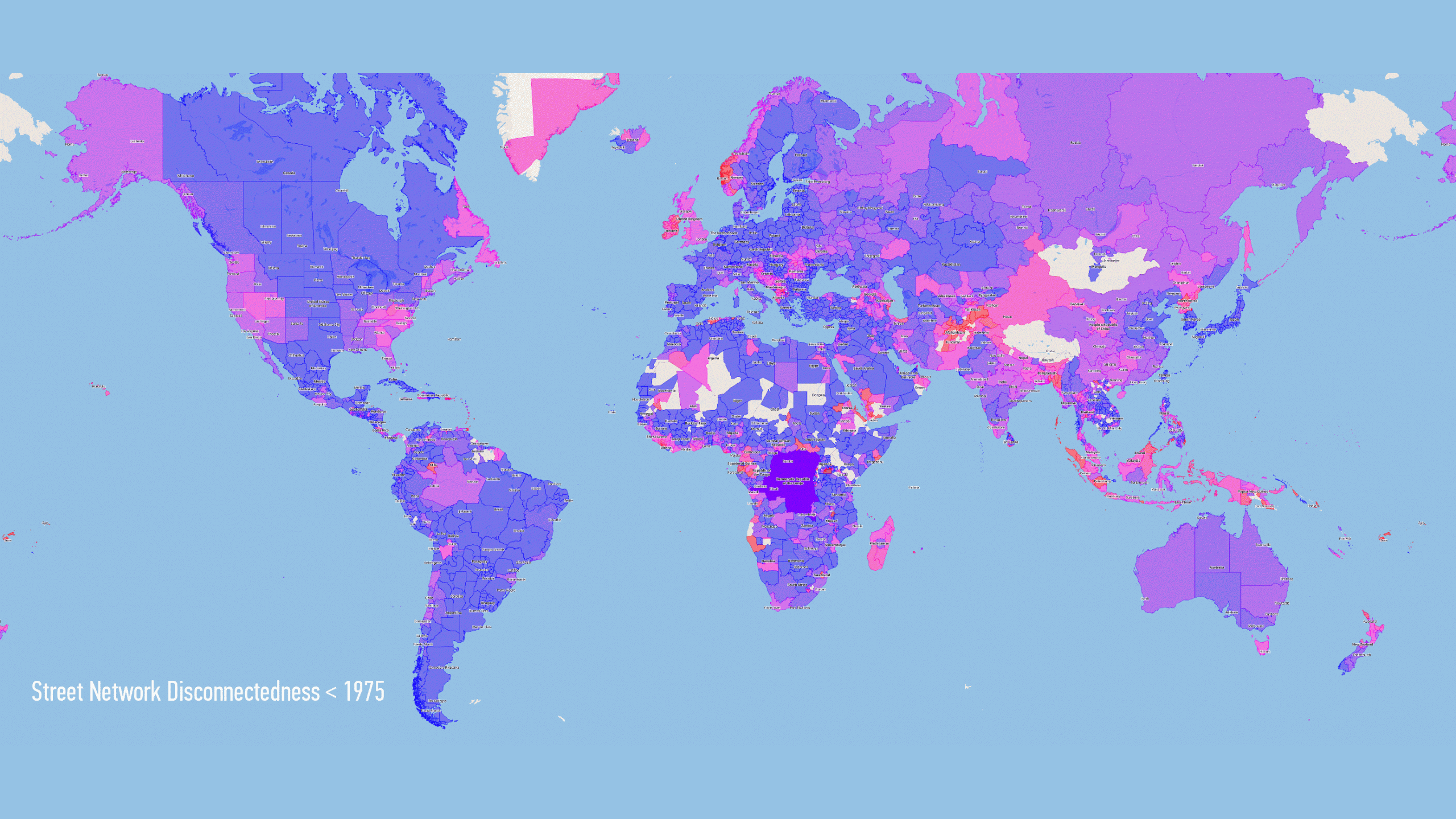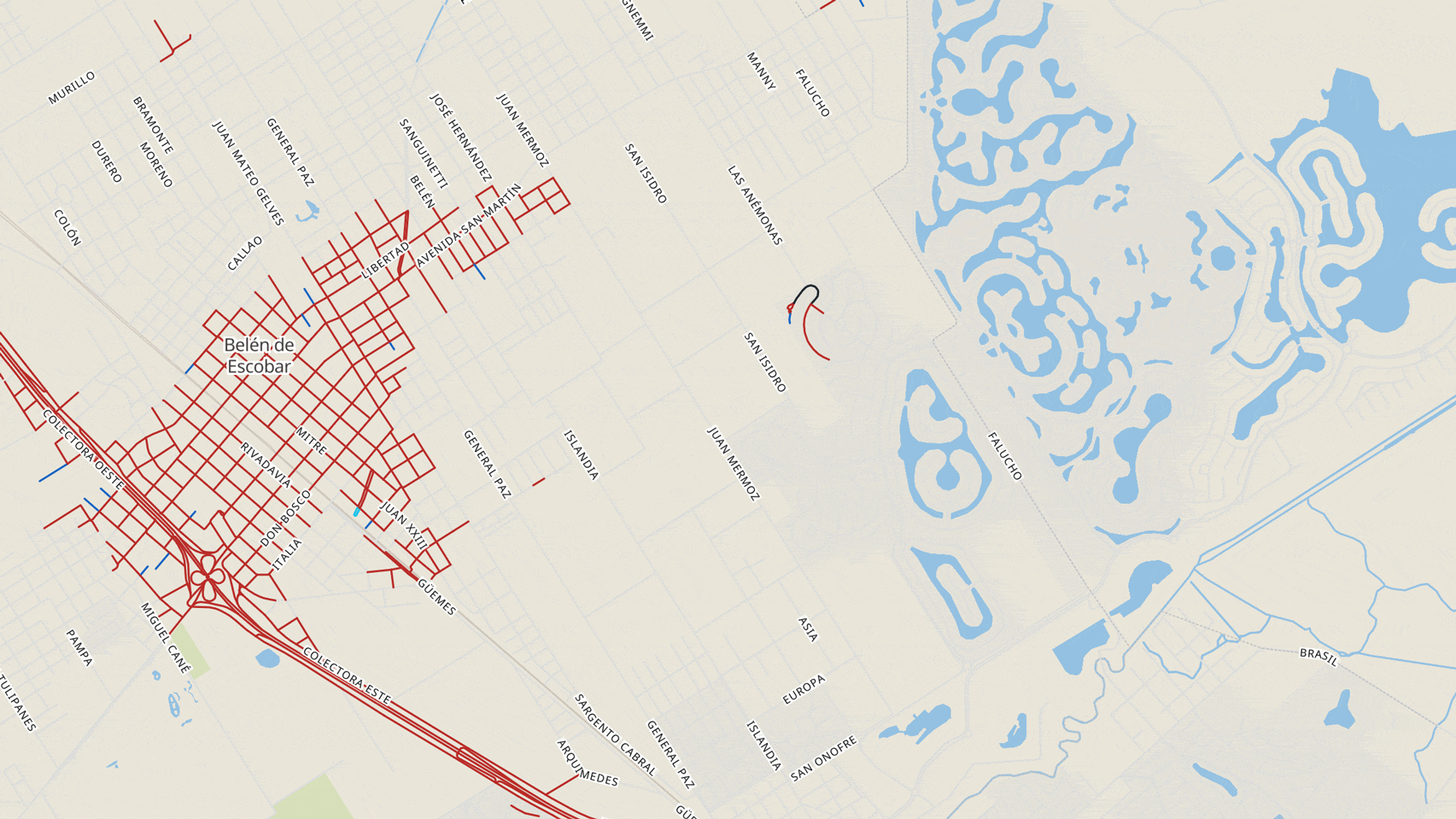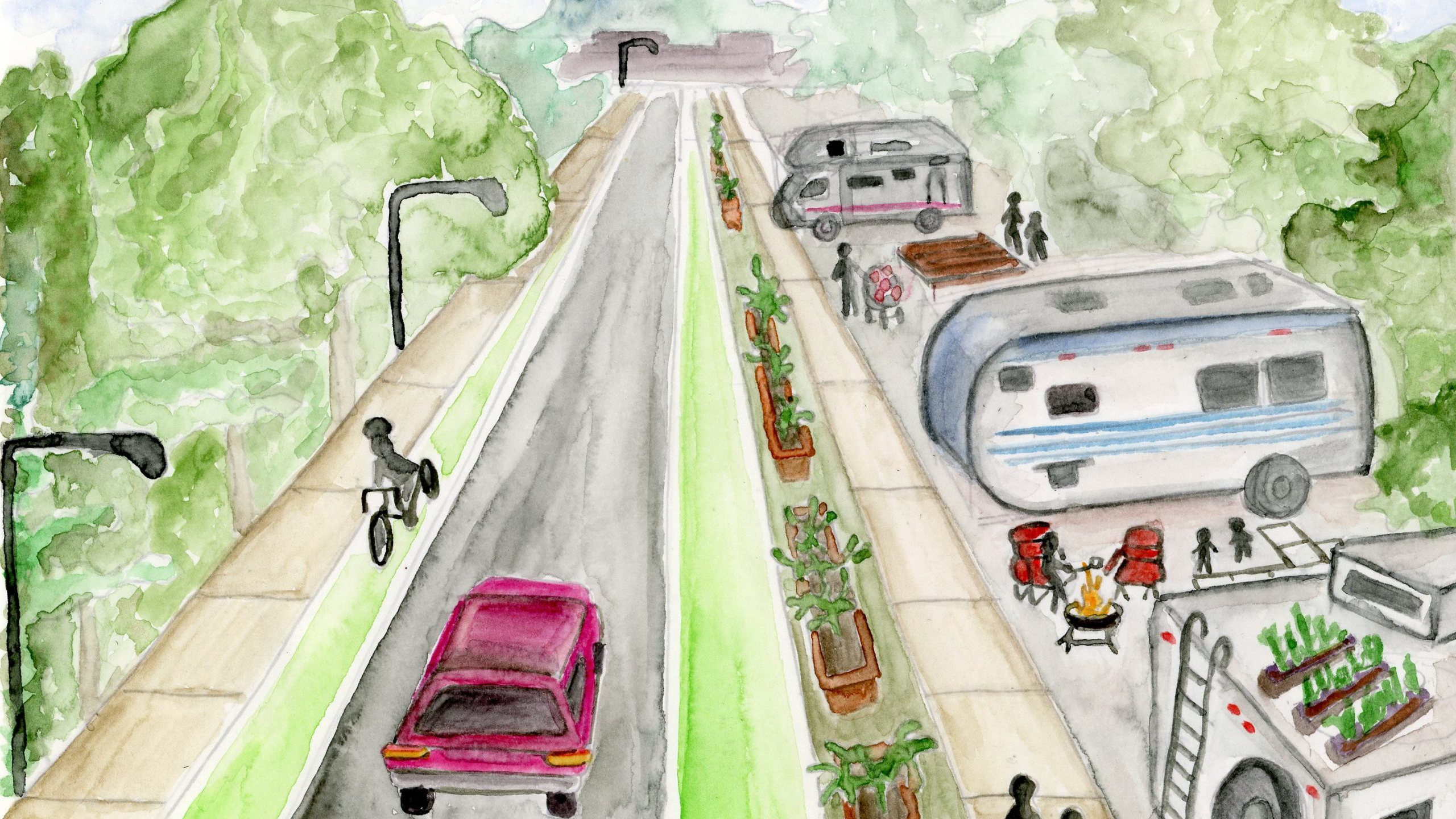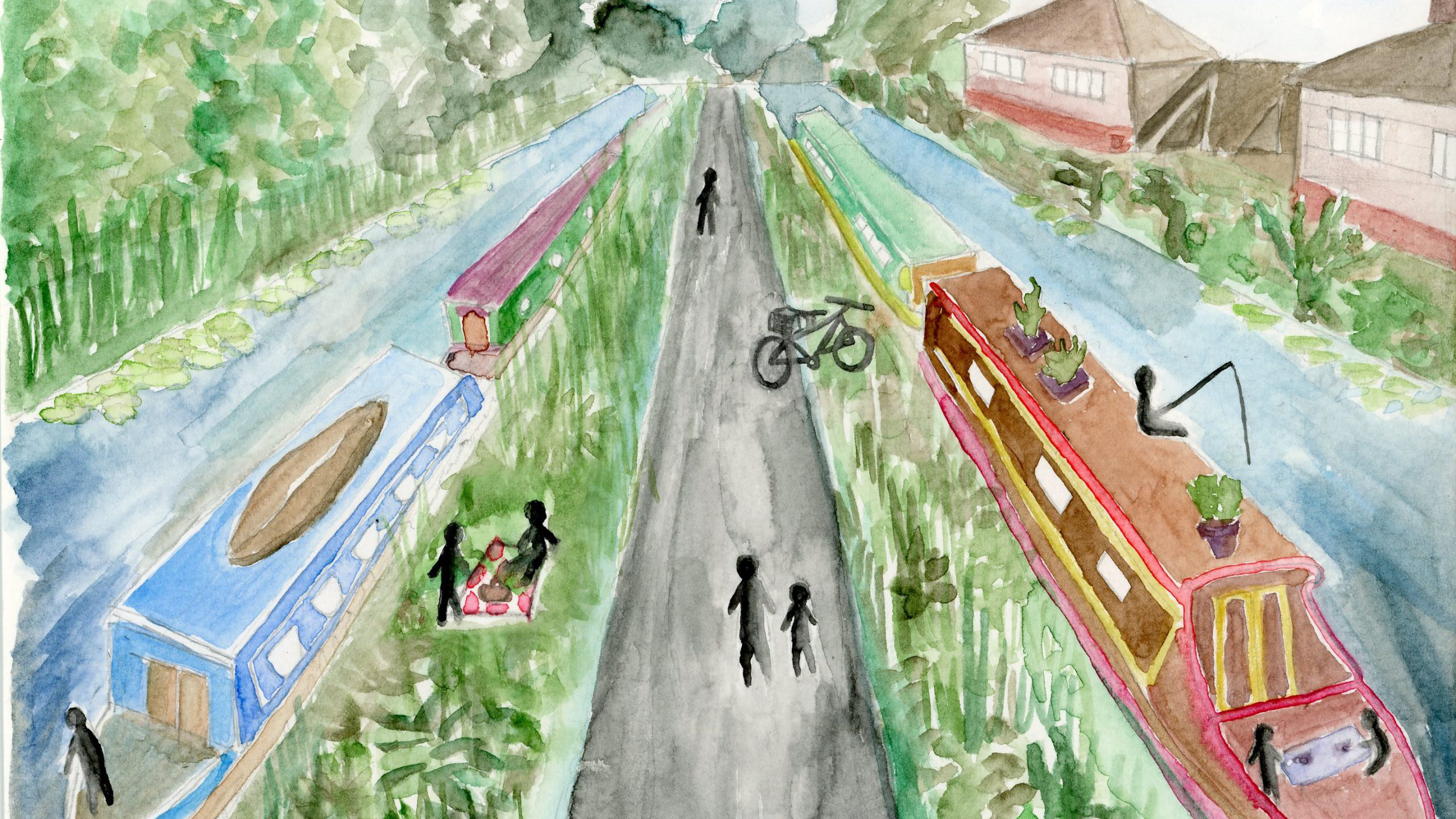Research
Here are a selection of current and recent research projects.
Street-network sprawl
Streets form the building blocks of cities and shape their economies, housing options, and transportation systems. My long-standing collaboration with Chris Barrington-Leigh (McGill Univ.) asks fundamental questions about the configuration of urban street networks, and the implications for car dependency and emissions. Most recently, we employ crowdsourced data on all 46 million km of mapped streets worldwide. We find that most of the world is building ever-more disconnected streets or what we call “street-network sprawl,” often in the form of gated communities.
The width of streets
In the United States, residential streets are too wide from a both an urban design and an economic perspective. In 20 large counties in the US, the land value of street rights-of-way is nearly $1 trillion in total and more than $100,000 per home in high-cost coastal regions. My work quantifies the cost of wide streets, and examines how cities can turn streets into housing.
Climate change solutions
My co-edited open-access textbook, Bending the Curve: Climate Change Solutions, supports courses at the University of California and beyond, and aims to make climate science and policy accessible to a broad audience. My broader climate policy research examines the effectiveness of local climate action plans, and finds that these plans do little more than catalog the initiatives that cities are already undertaking. While more recent plans also highlight social equity as well as emission reductions, these equity policies also are largely rhetorical and are recycled as boilerplate by consultants or borrowed from best-practice guides rather than rooted in local needs.
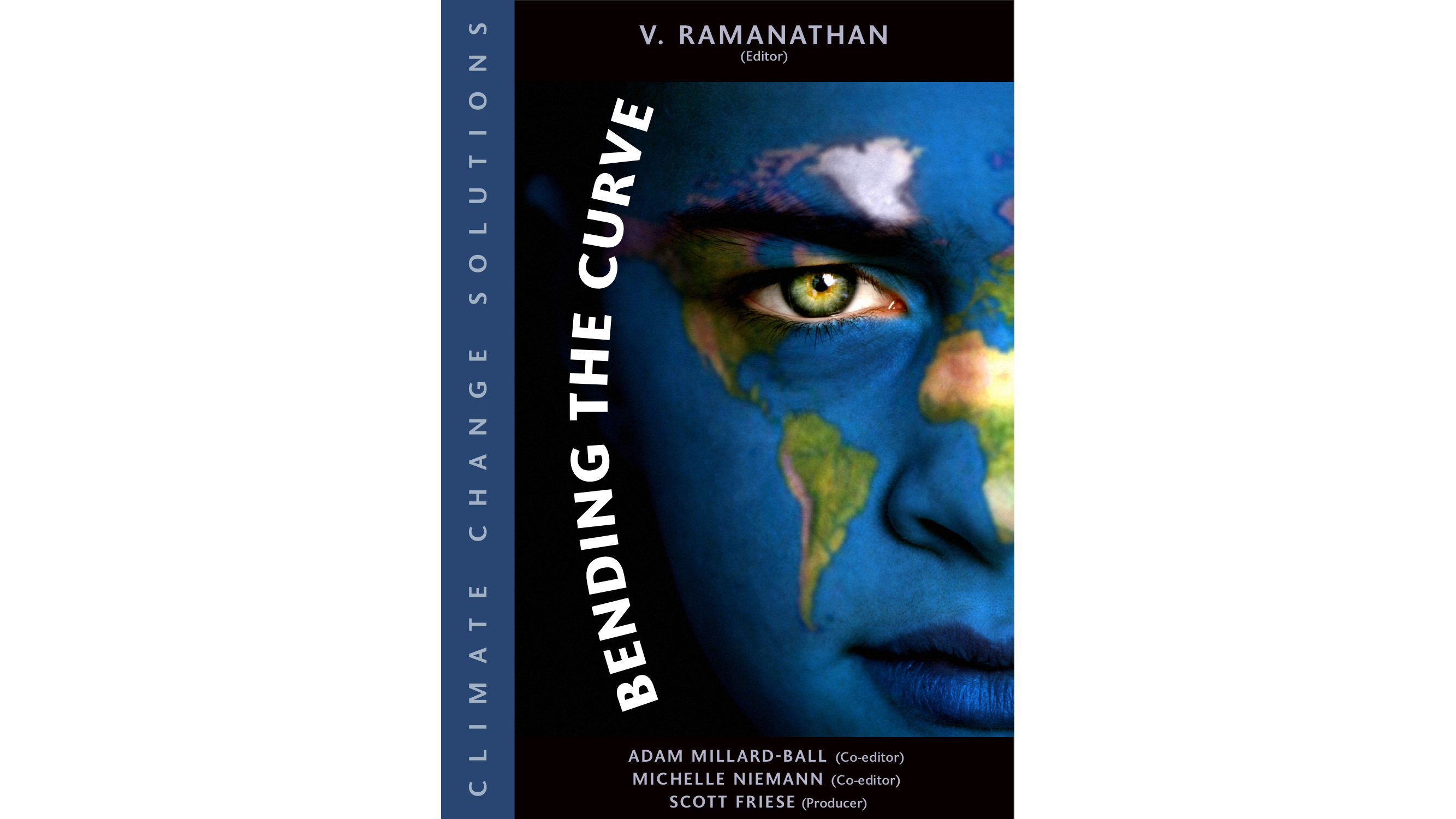
Autonomous vehicles
I study the unintended consequences of autonomous vehicles, particular as related to parking and pedestrian behavior. With human-driven cars, expensive parking encourages people to ride public transit and leave their cars at home, but in a world full of AVs, the need to pay for parking may disappear. We may see AVs cruising slowly — a lazy river of cars — on neighborhood streets rather than paying for parking. Pedestrians, meanwhile, may gain the upper hand in their interactions with autonomous vehicles, since they can play “chicken” knowing that the vehicles will stop for them to cross the street. The impacts on cities depends on how planners respond – whether by erecting fences to corral pedestrians, or seizing the opportunity to create more pedestrian-oriented streets.
Parking policy
My work in San Francisco uses a natural experiment to establish the causal link – more residential parking means more driving. In a long-term project with Rachel Weinberger and Robert Hampshire, meanwhile, I quantify patterns of cruising for parking. In contrast to perceptions of parking shortfalls, we demonstrate that cruising is limited and highly localized, even in a place like San Francisco. Where parking is scarce, risk-averse drivers take the first available space, even parking a few blocks short of their destination.

